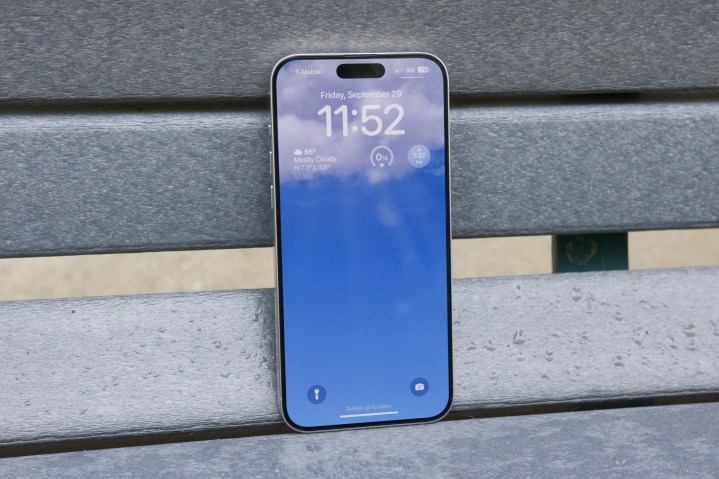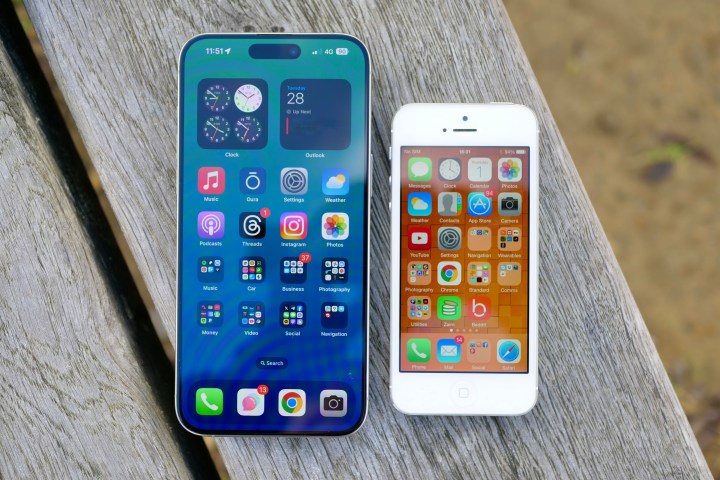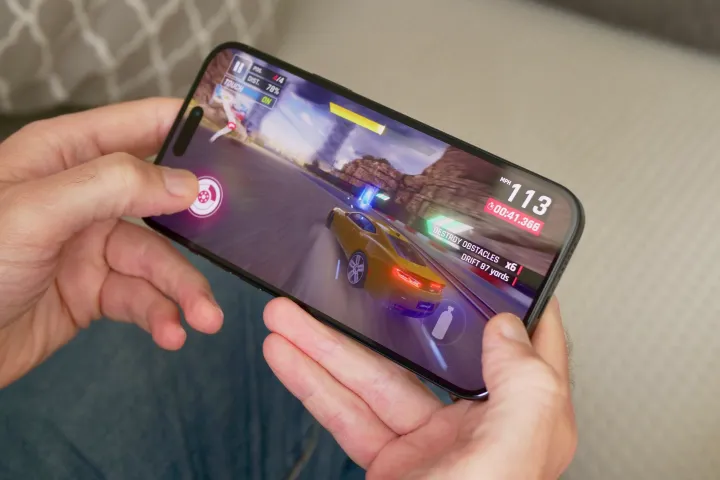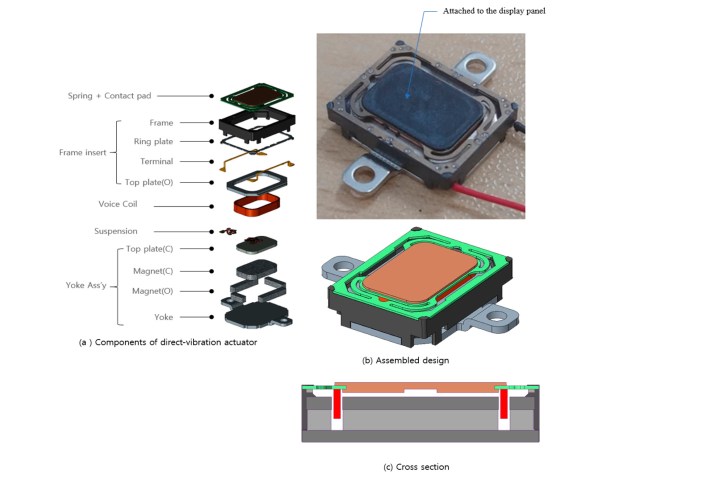
Apple is reportedly planning to further shrink bezels with the upcoming iPhone 16 series. According to Korea’s Sisa Journal, Apple is banking on a new display tech called BRS (Border Reduction Structure) that has allowed suppliers like Samsung, LG, and BOE to reduce the size of the black borders around the screen.
Notably, all four iPhone 16 trims will get the display tech upgrade, but its true benefits will be reserved for the pricier Pro models. The report, citing market research firm Omdia, notes that both the Pro models will see their screen size go up by 0.2 inches thanks to slimmer bezels.
The iPhone 16 Pro is said to offer a 6.3-inch OLED screen, while the Max version will climb all the way up to 6.9 inches of screen real estate. But it seems the pill-shaped Dynamic Island cutout, which houses the Face ID and True Depth front camera system, is here to stay.
Now, a lot has been written about the pros and cons of thinning bezels on phones. Japan’s Sharp kicked off the trend with its Aquos Crystal smartphone, while Xiaomi’s MIX and Vivo’s NEX series phones took the bezel-less aesthetics to an all-screen format. But those sleek panels negatively impacted durability, handling, and speaker output. Over the years, the likes of Corning have worked to improve the durability of display panels, and bezels have made a subtle comeback while the craze of crack-prone curved screens has subsided.

In Apple’s case, bezels haven’t always taken priority, even though we’ve come a long way since the iPhone X introduced a fresh look. But achieving thin bezels without sacrificing practical utility isn’t a cakewalk, as one research paper co-sponsored by BOE — one of Apple’s longtime display suppliers — will tell you.
A comprehensive research analysis of smartphone durability that was published in the Journal of Cleaner Production notes that “all-glass, bezel-free smartphones could increase the area of the phone that is susceptible to cracks and breakages.” the report also adds that nearly three-quarters of all incidents involving damage to displays are caused by falling on corners or edges.
There’s more to slim bezels than just looks

But there’s more to the science behind shrinking bezels on phones, and one of the key elements is directly linked to speakers. With the increase in display sizes on smartphones, the space available for traditional dynamic receivers has diminished. This has led to smaller openings for these speaker units at the top, which has spurred the development of more novel ideas.
Traditional dynamic receivers work by the vibration of a diaphragm attached to a moving coil to project sound through an opening at the top of the display, which looks like a slit with a mesh on top. But as smartphones started gravitating toward bezel-less looks, alternative sound generation methods have arrived on the scene.

Indirect vibration actuators, for instance, employ a coil within a casing to vibrate the entire case, including the display panel, to produce sound. This method allows the display itself to function as a speaker. Another method involves direct-vibration actuators, where the coil is directly affixed beneath the display panel, causing it to vibrate and generate sound.
This direct approach differs from the indirect method by eliminating the need for the sound to be transmitted through the case, offering a more integrated solution for sound generation in smartphones with minimal bezels. You can read more about how the whole system works in this Applied Sciences paper.
Exactly what changes Apple has made to the iPhone 16’s internal assembly to accommodate the thinner bezels is unclear. It will be a while before we get a detailed look, or at least until the folks over at iFixit get their hands on an iPhone 16 post-launch in the fall.



